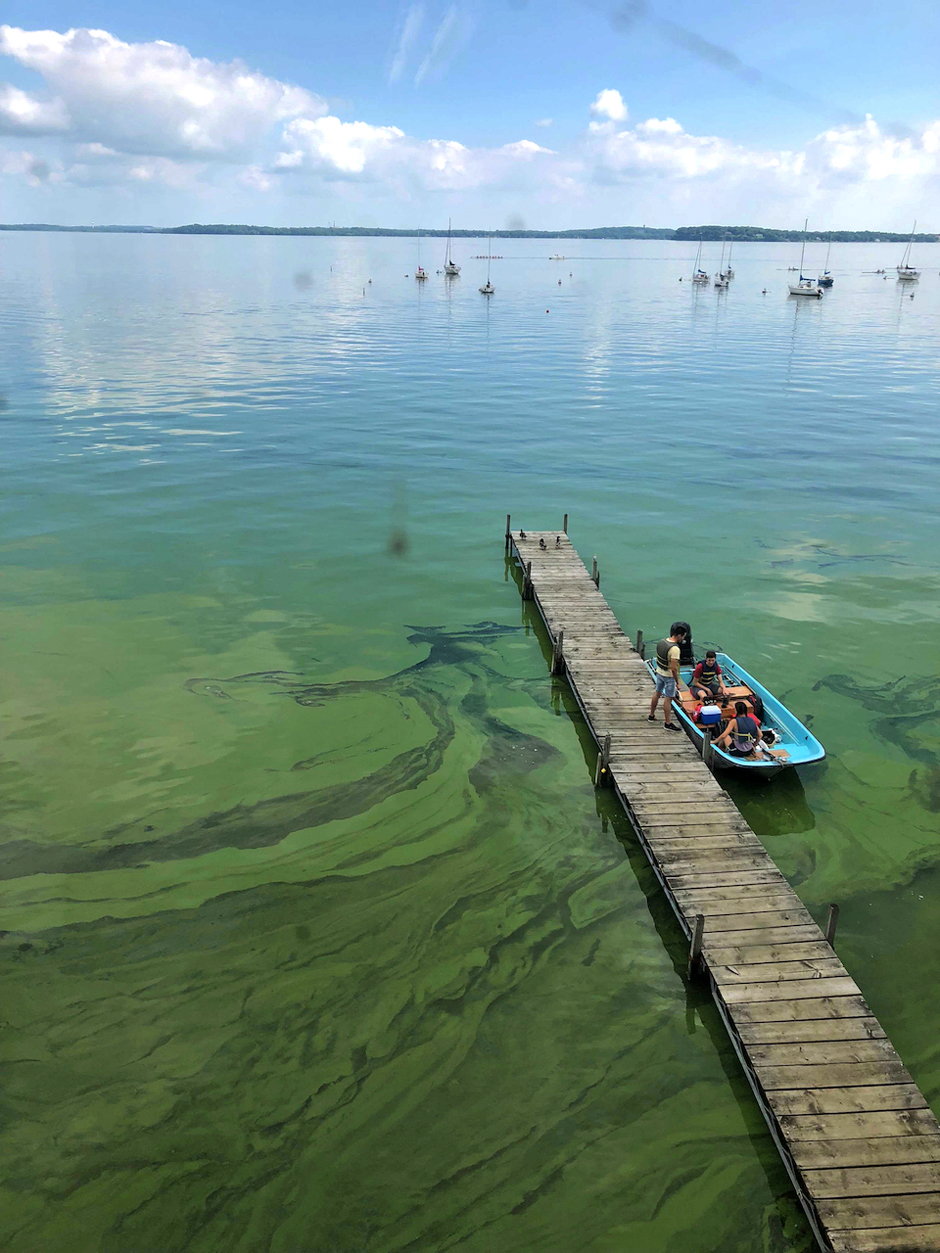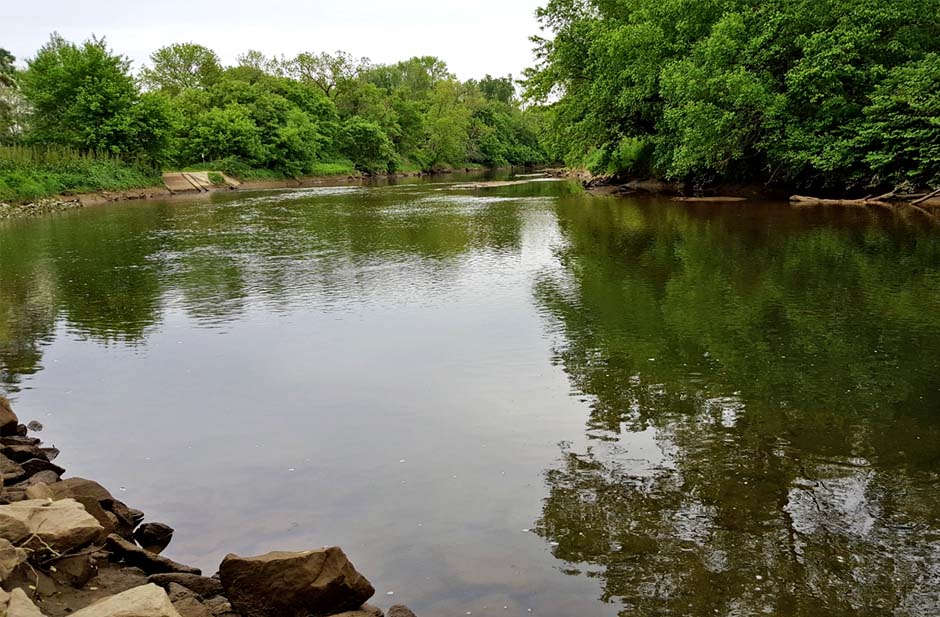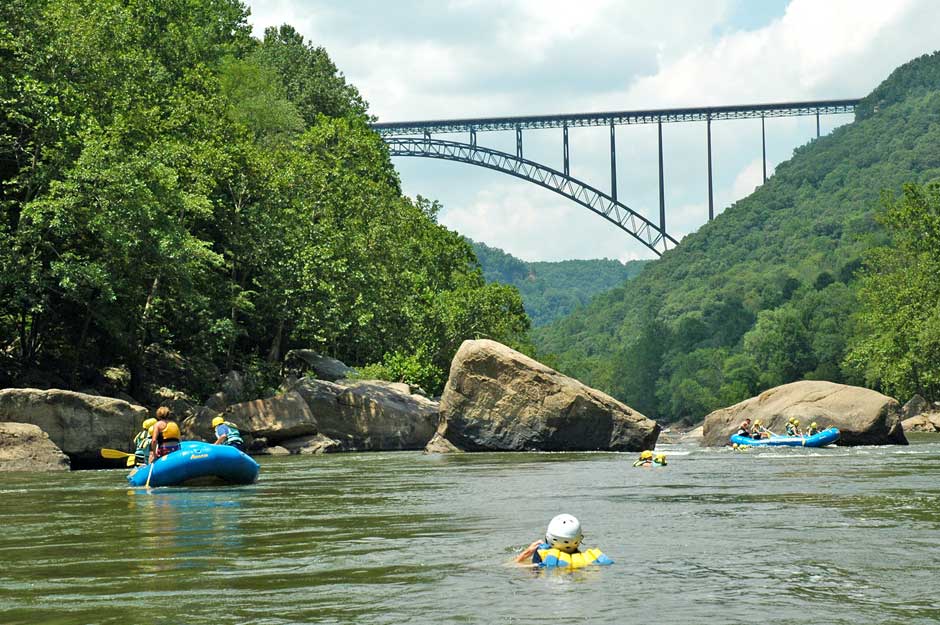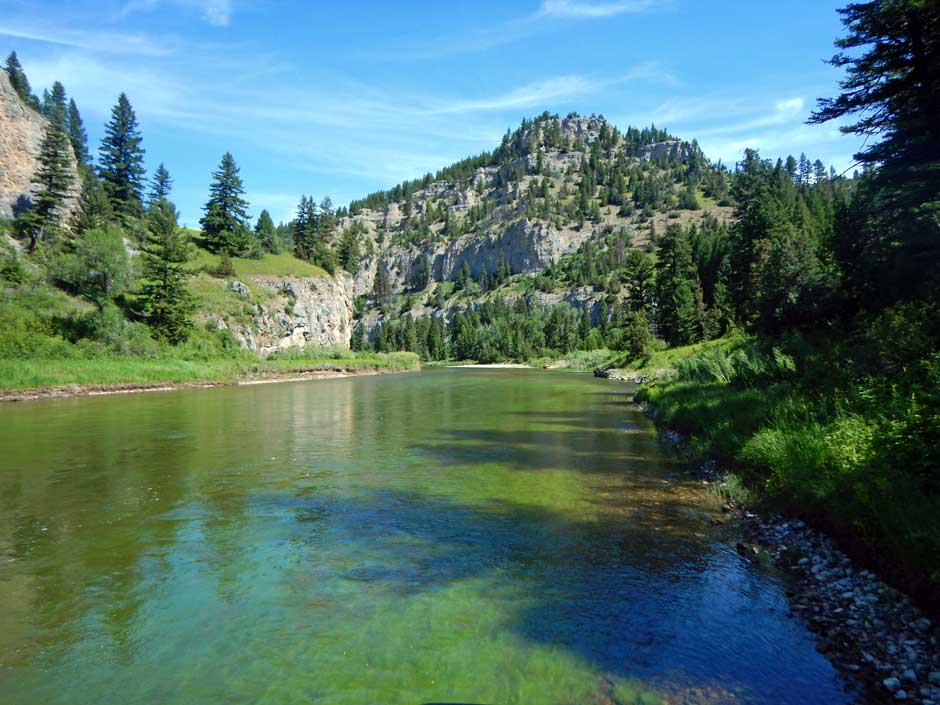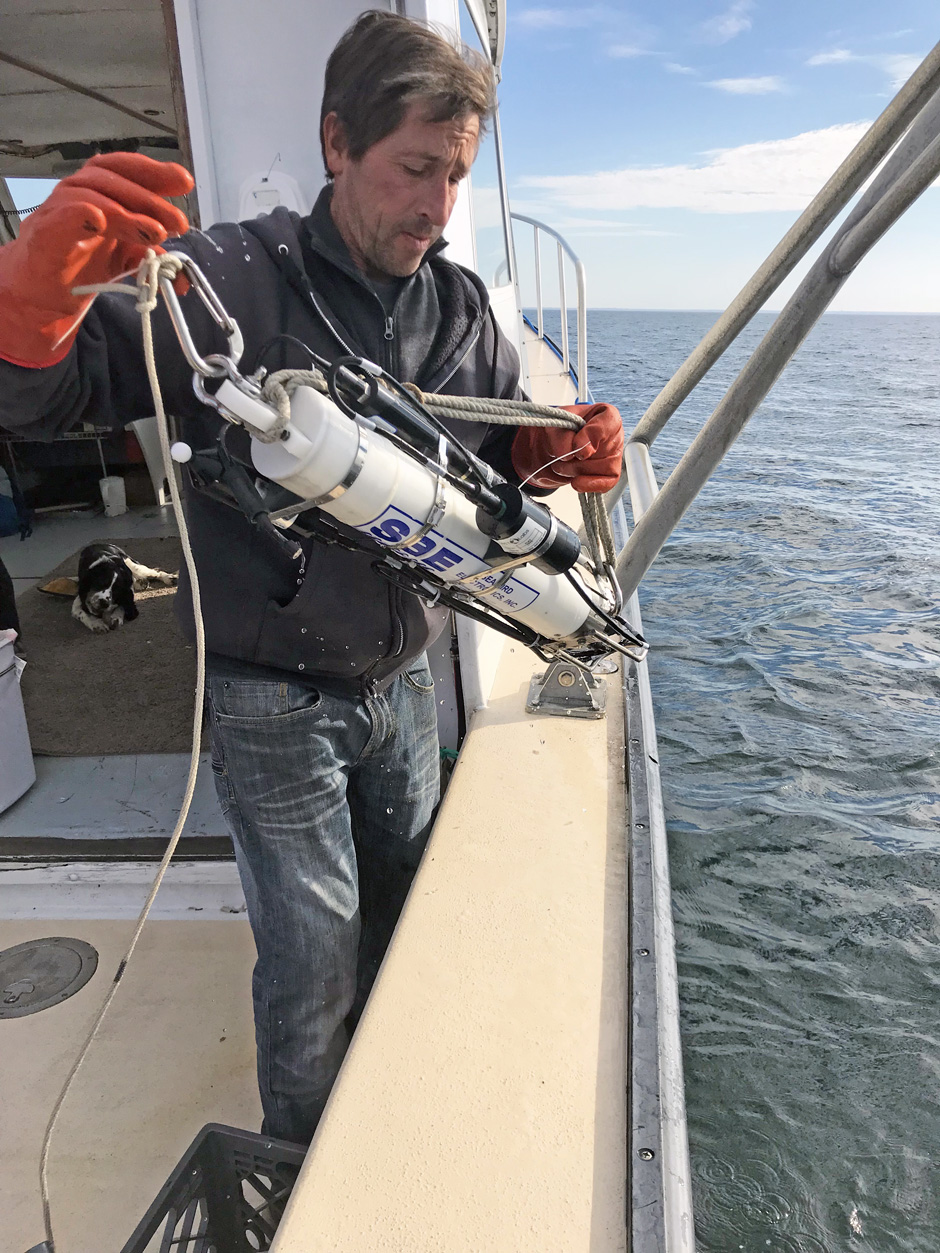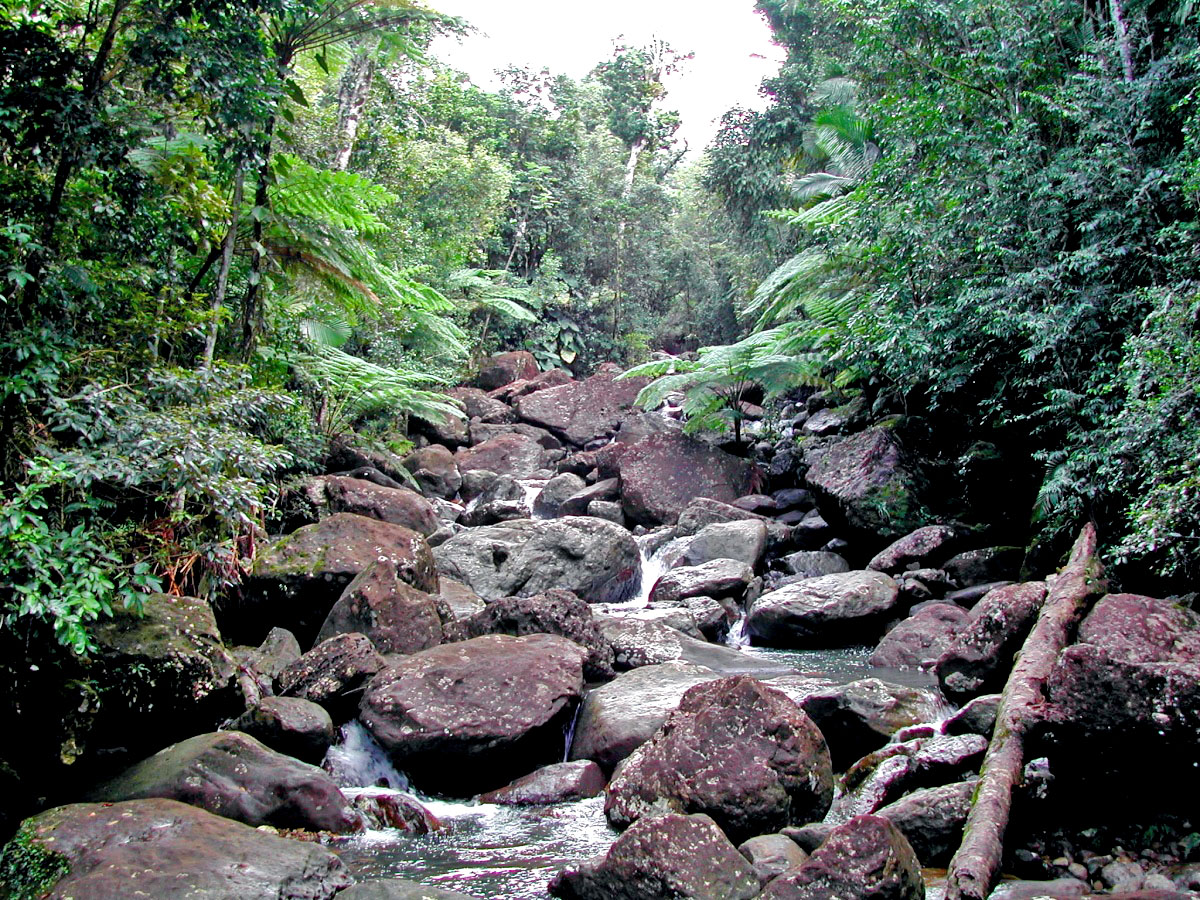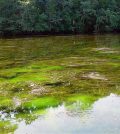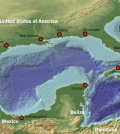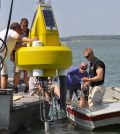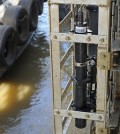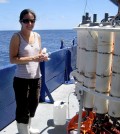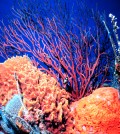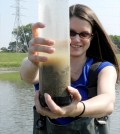Posts for tag "nitrogen"
How Green Was My Cyanobacteria: Carbon, Nitrogen, and Phosphorus Cycling in Lakes
The influence of bacteria on carbon, nitrogen, and phosphorus cycling processes in lakes and their influence on lake health is explored.
- Posted October 29, 2021
Tides and microbes transform nitrogen where streams and the ocean meet
Microbes transform nitrogen in tidal freshwater zones, usually causing denitrification, but recent research says areas of high nitrogen have been found.
- Posted September 17, 2021
A Nationwide View shows “Evolution” of Water Quality Concerns
A nationwide look at 15 water quality constituents, by the U S Geological Survey, reveals evolving concerns in American rivers.
- Posted July 2, 2020
Dissecting the Algae Blooms of Montana’s “Unique Gem” the Smith River
The Montana Department of Environmental Quality is studying why a native species of algae is covering one of the state’s most popular rivers.
- Posted April 29, 2020
The Center for Coastal Studies: Dedicated To Monitoring the Health of Cape Cod and Nantucket Waters
Massachusetts’ Center for Coastal Studies provides important water quality data for Cape Cod and Nantucket Sound via an array of sophisticated equipment and a group of dedicated researchers and volunteers.
- Posted April 23, 2019
Hurricanes Are Changing Puerto Rico’s Watersheds
Researchers reveal that a more intense series of hurricanes hitting Puerto Rico is changing stream chemistry in its watersheds.
- Posted March 11, 2019
Florida’s War Against Toxic Algal Blooms
A conversation with harmful algal bloom expert Dr. Brian Lapointe reveals the dimensions of Florida’s algae problem, and some possible solutions.
- Posted August 7, 2018
Black Swamp Savior: How Bringing Back Conquered Wetlands Could Help Solve Harmful Algal Blooms
Early Lake Erie region settlers viewed the Black Swamp as an obstacle to be overcome. One researcher says bringing part of its wetlands back may help the region, not hurt it.
- Posted July 31, 2018
IL Nutrient Loss Reduction Strategy Fostering Cooperation, Improving Water Quality
The IL Nutrient Loss Reduction Strategy is generating interest and improving water quality by reducing nutrient runoff into Illinois watersheds.
- Posted July 27, 2018
The Long Shadow of Nitrogen Legacies in the Gulf of Mexico
Research modeling the path of nitrogen in soil and groundwater shows it will take longer for nitrogen recovery to unfold—but also shows efforts are working.
- Posted May 4, 2018
Crowdsourcing Science and Curiosity Along the Middle Cedar River
Armed with smartphones, test strips, and sample containers, citizen scientists are testing water for nitrates in Iowa, and assisting researchers in the process.
- Posted May 3, 2018
Bioreactors Helping Protect the Chesapeake Bay Watershed
Bioreactors can help protect the Chesapeake Bay Watershed from excessive nitrates in water from agricultural runoff while protecting nitrogen-rich soil.
- Posted April 10, 2018
Soil Acidity Mitigation Study Takes Surprise Turn
An effort to mitigate soil acidity in Hubbard Brook Experimental Forest took a surprise turn when, 10 years later, nitrogen levels surged in nearby streams.
- Posted July 18, 2016
Ohio State Data Buoy Captures Lake Erie’s Real-Time Conditions
A research buoy operated by Ohio State University’s Stone Lab is deployed in Lake Erie and keeping an eye on water quality around Put-in-Bay, Ohio. Data from the platform are available online in real time. Some of...
- Posted May 19, 2016
Increased Atmospheric Nitrogen Leads To Plant Biodiversity Loss
In the past 100 years, agricultural and industrial activity have tripled the amount of nitrogen in the atmosphere, researchers have found. One of the effects of all of this excess nitrogen is a loss of biodiversity, as...
- Posted April 14, 2016
Paving The Way For The Nutrient Sensor Boom
Federal agencies are preparing for a price drop in nutrient sensor tech that could bring a boom in the number of instruments deployed across the nation.
- Posted March 31, 2016
Ocean Nitrogen Fixation In South Pacific Lower Than Predicted
Florida State University scientists lead a sampling effort to study low ocean nitrogen fixation in the South Pacific. The key, they believe, is iron.
- Posted March 30, 2016
High Nitrogen Levels Make Plants Greedy
An overabundance of nutrients is straining nature’s symbiotic relationships, according to a University of California – Santa Barbara press release. Researchers say increased levels of nitrogen from nitrogen-laced fertilizer and burning fossil fuels are changing how co-dependent...
- Posted March 17, 2016
Nitrogen Pollution Linked To Endangered Species Declines
Researchers at the University of California, Santa Cruz, have linked the declines of a number of endangered species with the prevalence of nitrogen pollution, according to a release. Their finds came after a large-scale survey of species...
- Posted March 15, 2016
Nitrogen Dynamics: In The Field With Scientists Tackling Dual Nutrient Questions
With more support for dual nutrient management strategies, Wright State researchers show us how they’re studying nitrogen’s role in runoff and algal blooms.
- Posted October 23, 2015


